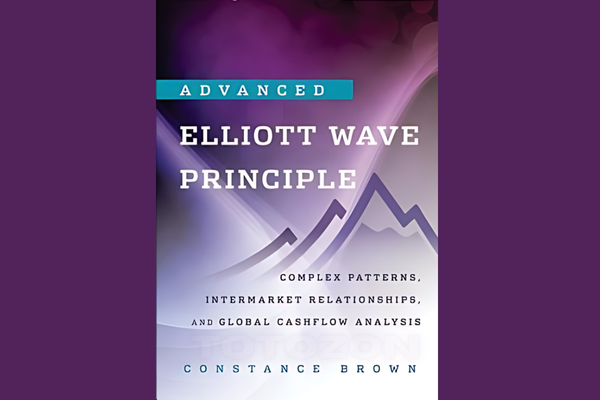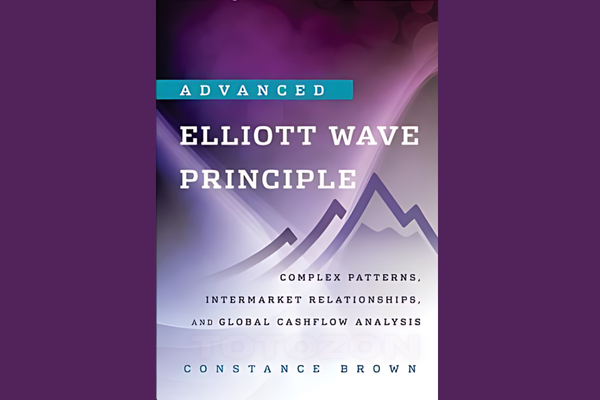Advanced Elliott Wave Analysis : Complex Patterns, Intermarket Relationships, and Global Cash Flow Analysis
$6.00
File Size: Coming soon!
Delivery Time: 1–12 hours
Media Type: Online Course
Advanced Elliott Wave Analysis: Complex Patterns, Intermarket Relationships, and Global Cash Flow Analysis
Introduction
Welcome to our comprehensive guide on Advanced Elliott Wave Analysis. This sophisticated approach to market analysis delves into complex patterns, intermarket relationships, and global cash flow analysis. Whether you’re an experienced trader or a market enthusiast, understanding these advanced concepts can significantly enhance your trading strategies and market predictions.
What is Elliott Wave Analysis?
Elliott Wave Analysis is a technical analysis method that focuses on identifying wave patterns in financial markets. Developed by Ralph Nelson Elliott, this theory posits that market prices move in predictable patterns called waves.
Basic Principles of Elliott Wave Theory
- Impulse Waves: Move in the direction of the main trend.
- Corrective Waves: Move against the main trend.
- Wave Degrees: Patterns repeat on different scales (degrees).
Understanding Complex Patterns
What are Complex Patterns?
Complex patterns in Elliott Wave Theory involve combinations of simpler wave structures, creating more intricate formations.
Types of Complex Patterns
- Zigzags: Sharp corrections in the market.
- Flats: Sideways corrections with a three-wave structure.
- Triangles: Consolidation patterns with converging trend lines.
- Double and Triple Threes: Combinations of simpler corrective patterns.
Identifying Complex Patterns
- Pattern Recognition: Look for combinations of zigzags, flats, and triangles.
- Wave Relationships: Analyze the length and duration of waves.
Practical Applications
Using complex patterns can help traders identify continuation and reversal points, enhancing the accuracy of market predictions.
Intermarket Relationships
What are Intermarket Relationships?
Intermarket relationships involve analyzing how different financial markets (stocks, bonds, commodities, and currencies) interact with each other.
Key Concepts
- Correlation: Positive or negative relationships between different markets.
- Lead-Lag Effect: Some markets lead or lag others, providing predictive insights.
Analyzing Intermarket Relationships
- Cross-Market Analysis: Compare price movements across different markets.
- Economic Indicators: Use economic data to understand market correlations.
Benefits for Traders
Understanding intermarket relationships helps traders anticipate market movements based on interactions between various financial sectors.
Global Cash Flow Analysis
What is Global Cash Flow Analysis?
Global cash flow analysis examines the movement of money across global markets. It helps identify where capital is flowing, providing insights into market trends and potential investment opportunities.
Components of Global Cash Flow Analysis
- Capital Inflows and Outflows: Track the movement of money into and out of markets.
- Interest Rates: Analyze how interest rates influence global cash flows.
- Currency Movements: Understand the impact of currency fluctuations on capital flows.
Conducting Global Cash Flow Analysis
- Data Collection: Gather data on capital movements, interest rates, and currency trends.
- Trend Analysis: Identify patterns and correlations in the data.
Implications for Trading
By understanding global cash flows, traders can better predict market movements and identify profitable trading opportunities.
Integrating Advanced Elliott Wave Analysis
Combining Complex Patterns, Intermarket Relationships, and Global Cash Flow
- Identify Wave Patterns: Use Elliott Wave Theory to identify impulse and corrective waves.
- Analyze Market Interactions: Study how different markets influence each other.
- Track Capital Movements: Monitor global cash flows to understand market dynamics.
Developing Trading Strategies
- Multi-Faceted Approach: Combine technical analysis with intermarket relationships and global cash flow insights.
- Risk Management: Use stop-loss orders and position sizing to manage risk.
Case Study: Successful Application
Trader’s Experience
Jane, a seasoned trader, successfully integrated advanced Elliott Wave Analysis into her trading strategy. By combining complex patterns, intermarket relationships, and global cash flow analysis, she significantly improved her market predictions and trading performance.
Outcome
Jane’s comprehensive approach allowed her to identify high-probability trades, leading to increased profitability and reduced risk.
Conclusion
Advanced Elliott Wave Analysis, incorporating complex patterns, intermarket relationships, and global cash flow analysis, offers traders a powerful framework for understanding and predicting market movements. By mastering these concepts, traders can enhance their analytical skills, develop robust trading strategies, and achieve greater success in the financial markets.

Commonly Asked Questions:
- Business Model Innovation: Accept the truth of a legitimate business! Our strategy is organising a group buy in which participants share the costs. We use these cash to acquire popular courses from sale pages and make them available to people with limited financial resources. Despite the authors’ worries, our clients love the cost and accessibility we give.
- The Legal Environment: Yes or No The legality of our activity is ambiguous. While we don’t have specific permission from the course authors to resell the material, there is a technicality at work. The author did not specify any limits on resale when purchasing the course. This legal intricacy is both an opportunity for us and a boon for individuals looking for low-cost access.
- Quality Control: Uncovering the Truth
Getting to the heart of the issue – quality. Purchasing the course straight from the sale page guarantees that all documents and resources are the same as those obtained through traditional channels.
However, we distinguish ourselves by going beyond personal research and resale. It is crucial to note that we are not the official course providers, which means that the following premium services are not included in our package:
- There are no scheduled coaching calls or sessions with the author.
- Access to the author’s private Facebook group or web portal is not permitted.
- No access to the author’s private membership forum.
- There is no direct email support available from the author or their team.
We operate independently, with the goal of bridging the pricing gap without the extra services provided by official course channels. Your comprehension of our distinct approach is much appreciated.
Be the first to review “Advanced Elliott Wave Analysis : Complex Patterns, Intermarket Relationships, and Global Cash Flow Analysis” Cancel reply
You must be logged in to post a review.
Related products
Forex Trading
Forex Trading
Forex Trading
Forex Trading
Forex Trading
Forex Trading
Forex Trading
Forex Trading
The Complete Guide to Multiple Time Frame Analysis & Reading Price Action with Aiman Almansoori






















Reviews
There are no reviews yet.